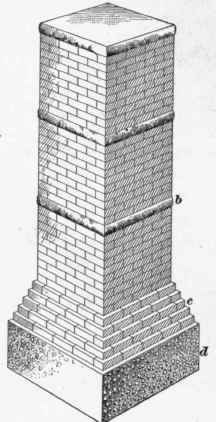Pier foundations are types of foundations constructed on a small to large scale compared to other types of foundations.
As the name suggests, a pillar foundation is a combination of large diameter pillars that support the structure and transfer its loads to the ground.
The classification of the foundation is carried out depending on the construction method or taking into account the type of structure.
Types of Pier Foundations
There are three main types of pier foundations.
- Wall pillars
- Concrete Pillars
- Perforated coffins
Wall pillars
Wall piers are constructed when there are hard layers of soil at a shallower depth. The depth of the wall pillar can be 4 to 5 m.
As the depth of the hard layer of soil increases, it is very difficult to build a foundation of this type.
The masonry of the pillar foundation can be made in different shapes, such as circular, rectangular, hexagonal, etc.
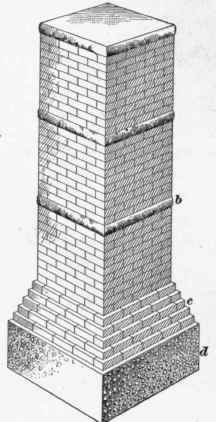
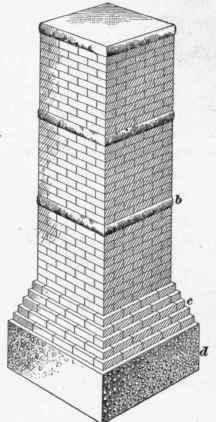
Many old buildings were previously constructed with pillar foundations, even though concrete had not yet been invented at that time. Additionally, the construction of pier foundations was common before 1950.
Concrete Pillars
Concrete piers were also constructed to serve the same purpose as masonry pier foundations.
Due to higher load bearing capacity, the size or diameter of concrete column is relatively smaller compared to wall column.
Concrete pillars are usually round, square or rectangular in shape, as construction of other shapes is difficult.
There are different types of pier foundations.
- The structure, supported directly on a pillar foundation, rests on the hard layer of earth. In these foundation systems, pillars can be seen at regular intervals.
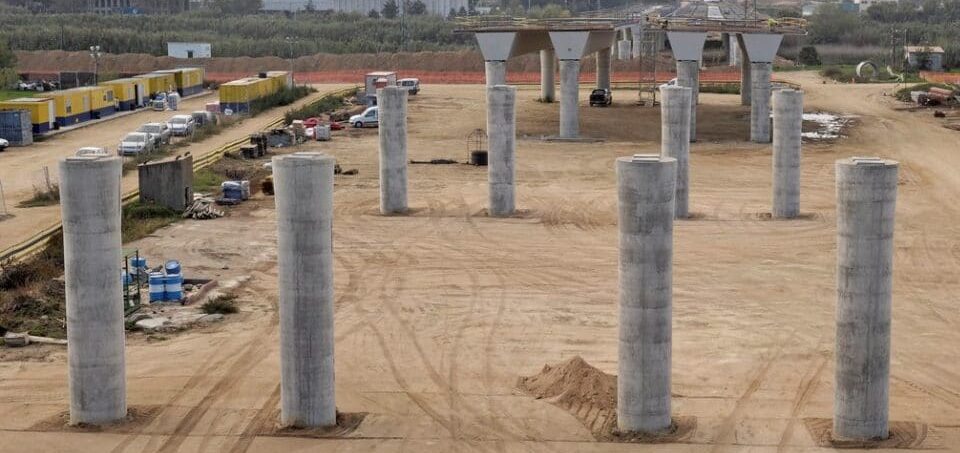
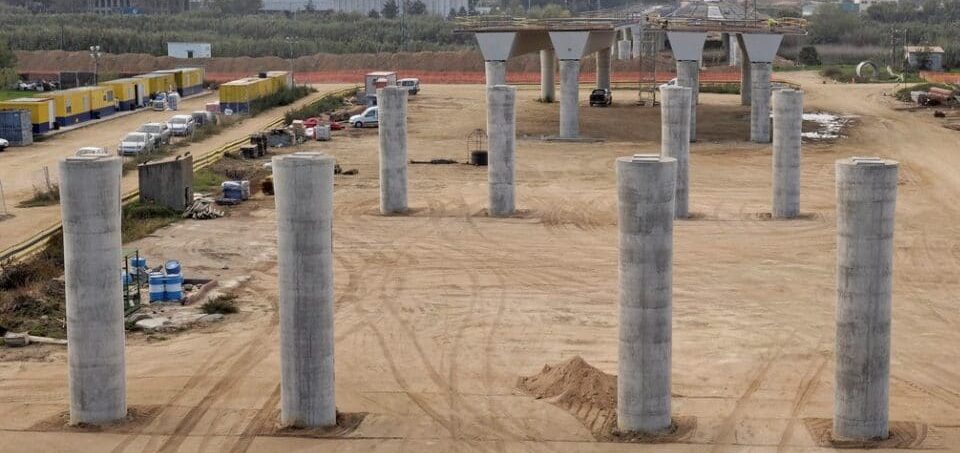
- Structure based on a set of pillars. This means that the pillars sit on hard ground or rock, are connected by the base plate and form the beginning of another set of pillars, depending on the support requirements of the superstructure.

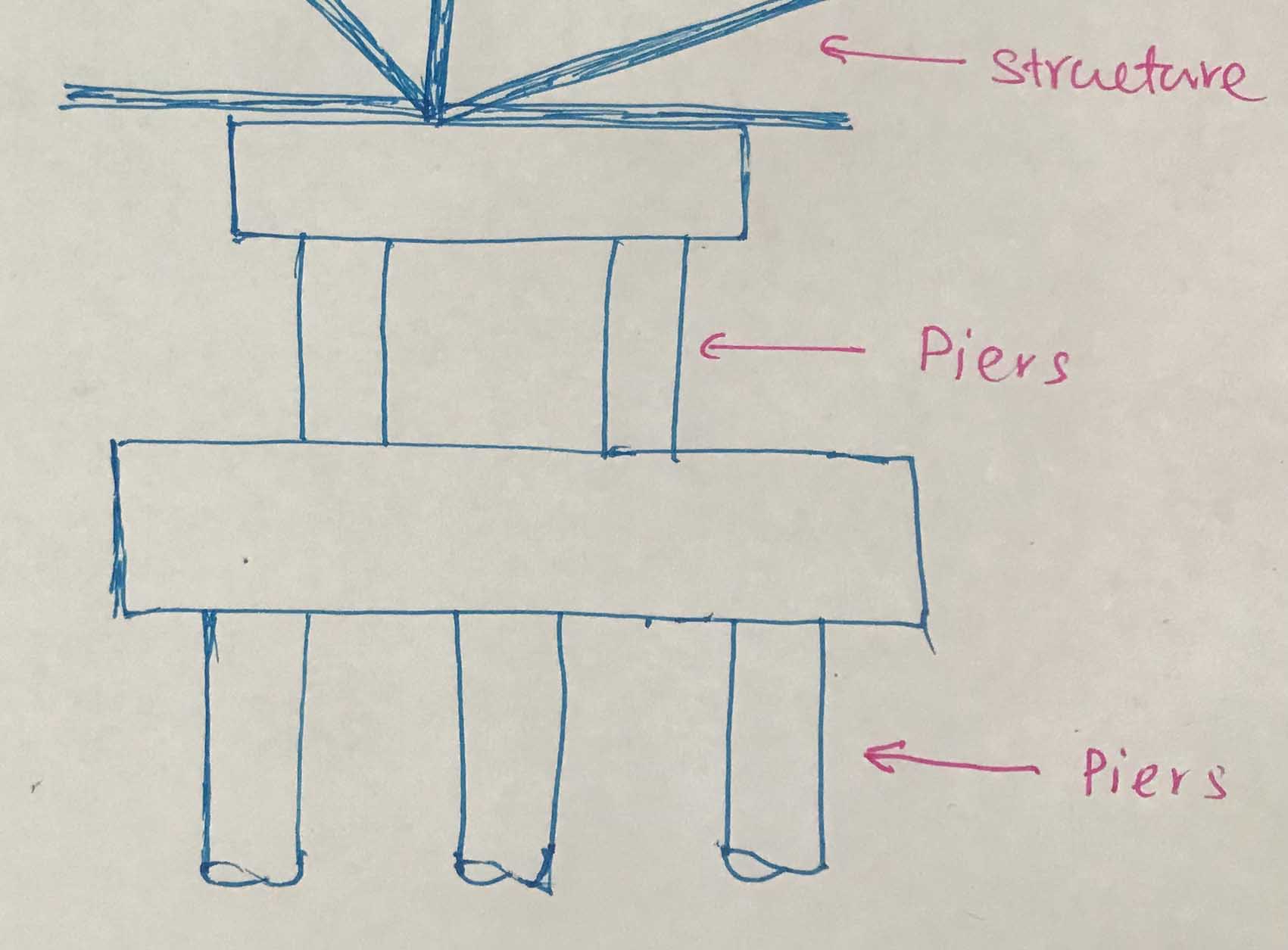
Perforated coffin
Drilling caissons are cylindrical foundations made of concrete. Concrete or box foundations are used to absorb higher axial loads from superstructures.
Perforated caissons are constructed at a greater depth compared to masonry/concrete pillar foundations. Furthermore, the excavation work of this types of foundations could be done by mechanical means.
There are essentially three types of foundations.
- Drilling of caissons with enlarged concrete base
- Concrete caissons are constructed by pouring concrete into the steel tube.
- Concrete caissons with concrete and steel core in a steel tube
The following figure shows the three main types of concrete caisson foundations, in addition to the masonry pier foundation.

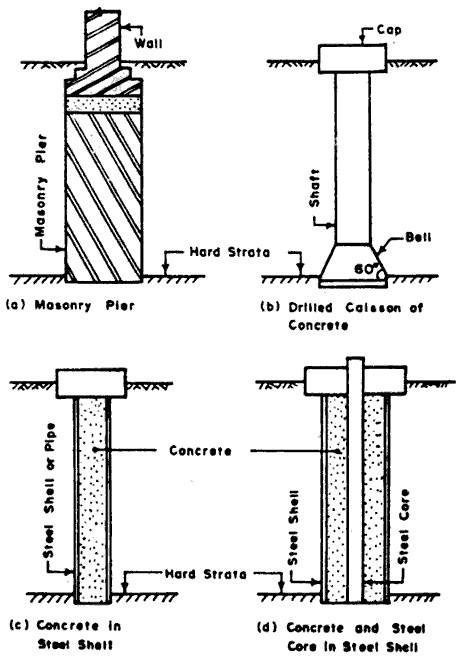
Design and construction of pier foundations
-
Types of materials used in construction
- brick
- concrete
- Wood
- Steel like coffin
-
Shapes of pillar foundations
- Circular
- Rectangular
- square
- Other shapes, such as spiral shapes found in ancient structures
- Construction of reinforced concrete pillars
Reinforced concrete columns are constructed where the applied axial loads are comparatively higher. The reinforcement provided increases both the axial load capacity and the flexural load capacity.
This is why reinforced concrete columns have a greater structural load capacity than masonry foundations or concrete columns.
- When and where are pier foundations built?
If there are sufficiently strong and hard soil layers or if the rock is closed, these types of foundations can be used for construction.
Depending on the type of structure, the type of foundation can be selected. For example, for lightweight structures, simpler foundations such as wooden pillars can be used. If the load increases, concrete or reinforced concrete pipes can be used.
If the structure is being built on sloping ground, a pillar foundation may be more suitable as it does not require as much area to be covered as individual foundations.
Pier Foundation Benefits
- Most types of foundations require fewer skilled workers
- Compared to other types of foundations, the time required is less.
- Saucers can be used to build above-ground structures. They also offer numerous advantages, such as the possibility of operating building technology in this gap.
- There are no vibrations like Driven Pile Foundation
Related articles
- Strip foundations design
- Deep foundations
- Pile foundations
- Pile slab foundations

